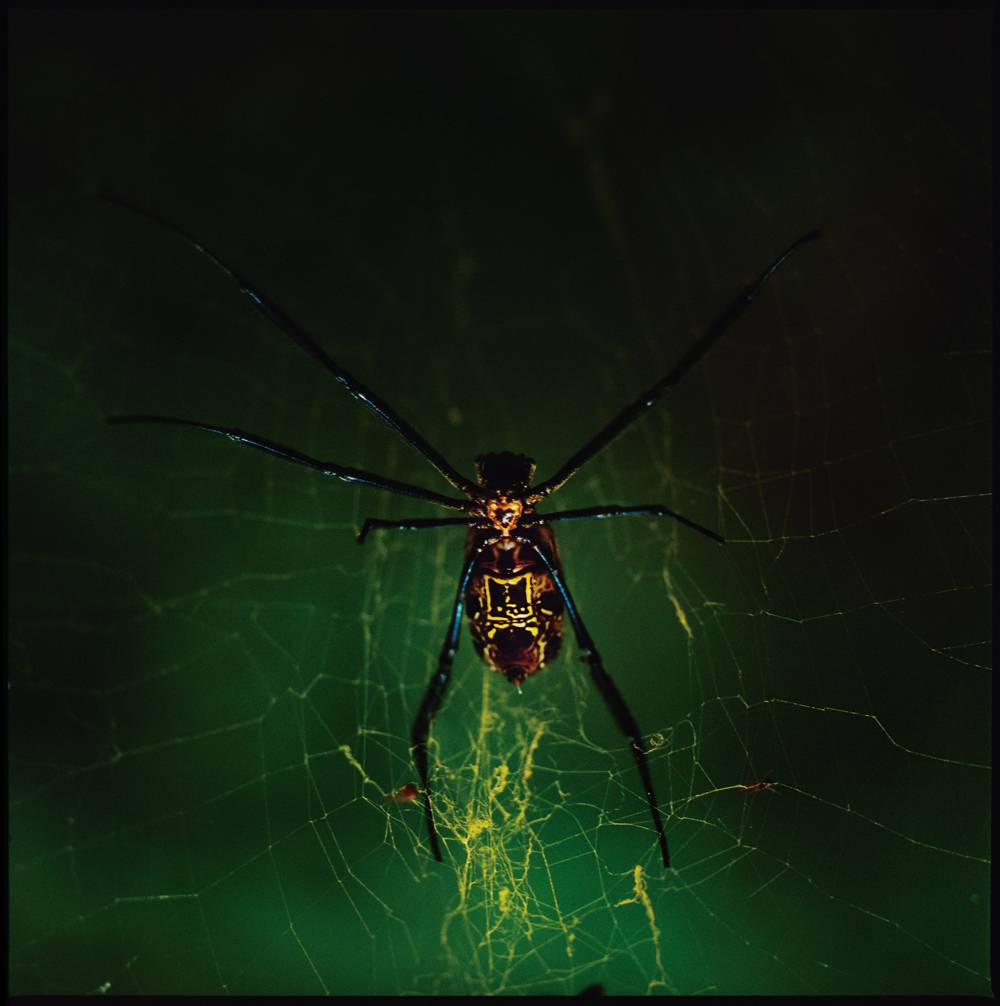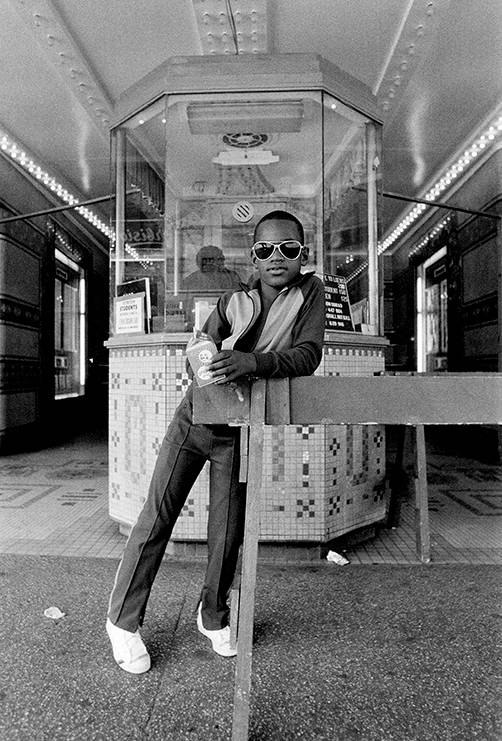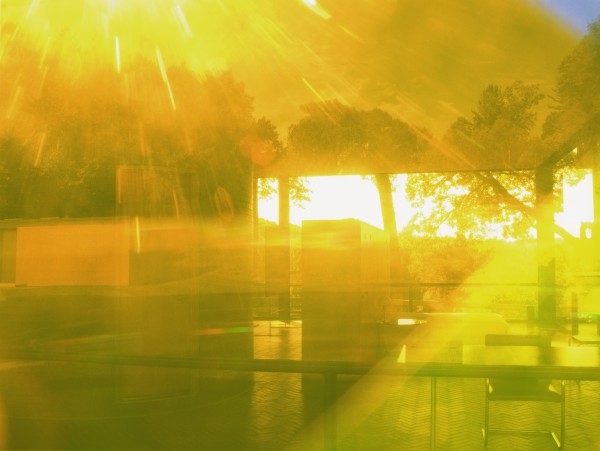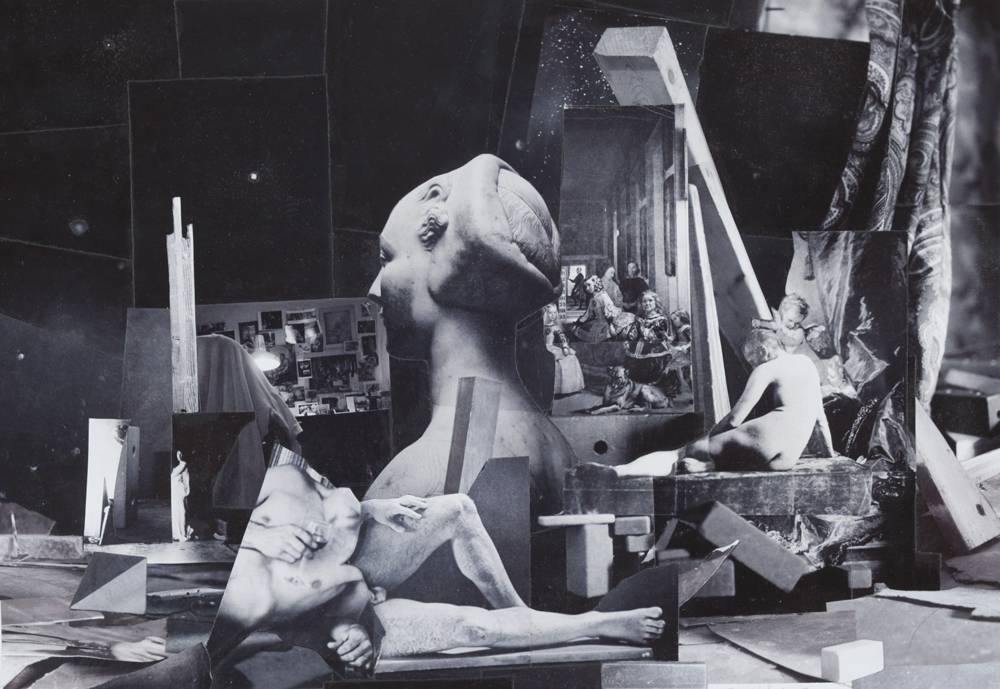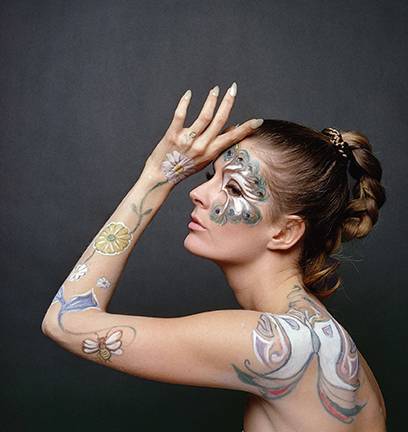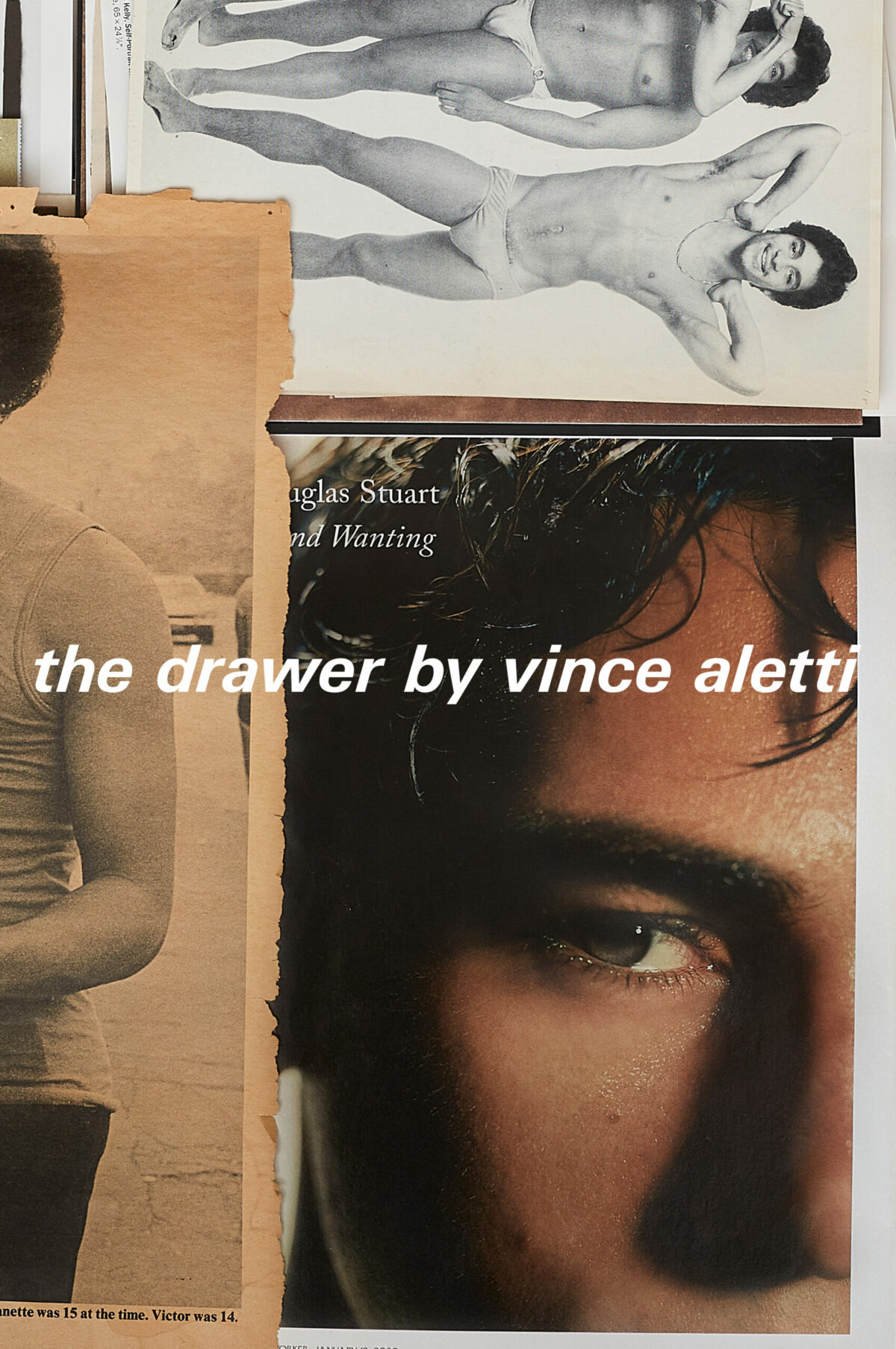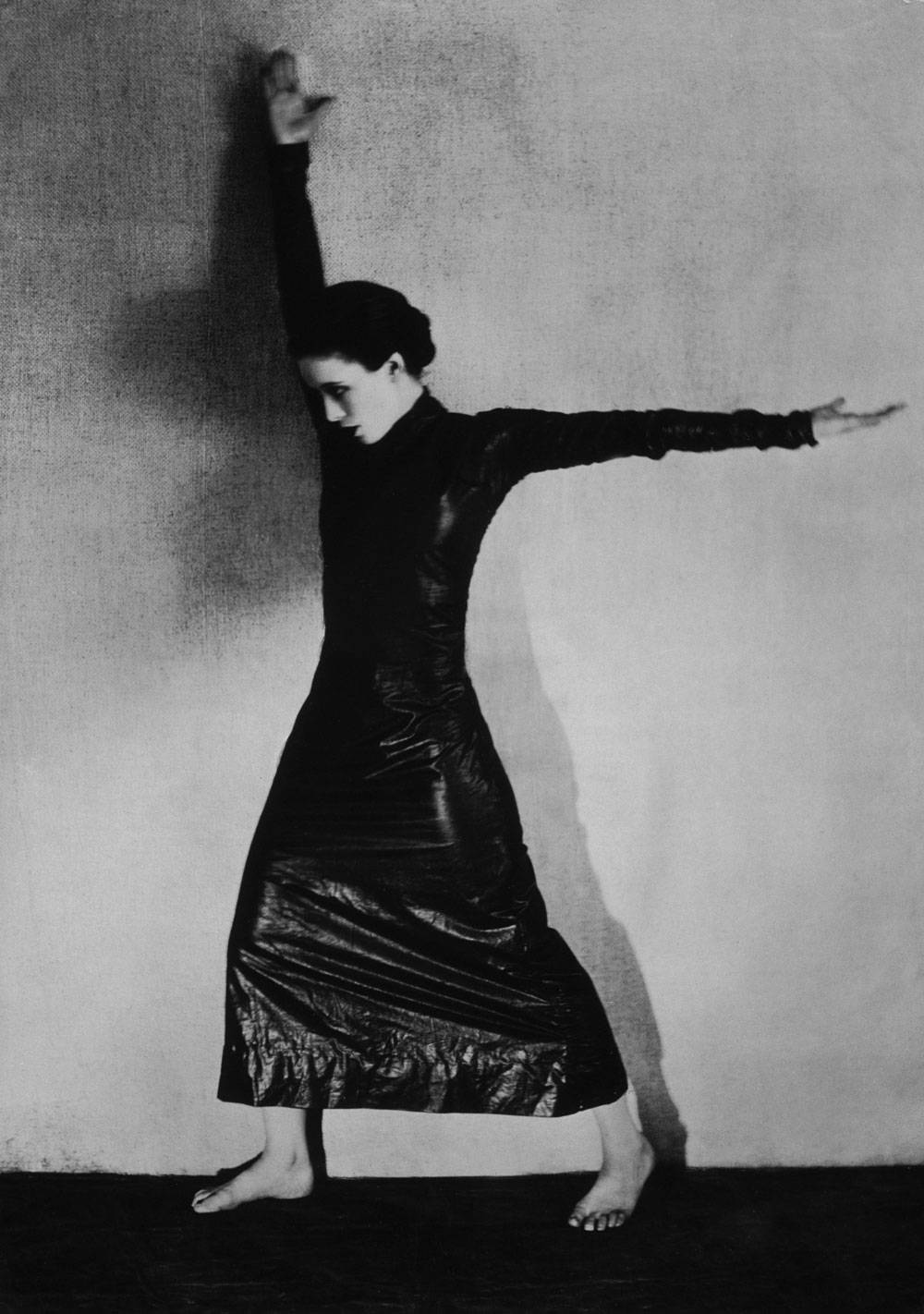

We asked James Welling to tell us about a picture that meant something to him, and why. Welling’s exhibition Choreograph is on view at Regen Projects through March 26 and at the Henry Art Gallery through June 26.
I first saw this photograph on the front jacket of Robert Gottlieb’s Reading Dance. It’s Martha Graham in a 1928 photograph by Soichi Sunami, performing Immigrant: Steerage, Strike. Like many dance fans, I was familiar with the magnificent photographs Barbara Morgan took of Graham and her company in the 1930s and ‘40s. Morgan’s pictures are studio collaborations: powerful, exquisitely timed flash photographs that capture Graham dancing with a photographic sophistication that seems miles away from this stark image.
This picture is staged, but unlike Morgan, Sunami used tungsten lights. Tungsten doesn’t freeze motion, and you can see a little blur on Graham’s forward-facing hand. Graham is performing close to the back of the simple studio, and the dark gray floor is probably unforgiving concrete. Sunami used at least two lights because Graham casts a shadow on both sides of her head, torso, and legs.
The whole pose is frighteningly electric. Graham strides dramatically forward, her arms thrust up and back. Her arms are like two signal flags on a ship, creating a silent-film feeling. The gestalt of her body is an expressionist sign with political overtones. Graham’s head tilts down 45 degrees, but her heavily made-up eyes continue the horizontal movement of her back arm. She stares intensely forward as she calms her body before her arms wheel down and she twists toward the camera.
Martha Graham dancing in this photograph is not the same performer in Morgan’s photographs. There, Graham is often surrounded by Noguchi’s sets, sophisticated lighting, and other dancers. The brutality of this dance is missing from those later pictures. Sunami’s photograph is from an earlier, exploratory decade. This Graham, dancing solo, in her strange dress and urgent pose, is the dynamic, early expressionist modernist whose movements will eventually be codified into a groundbreaking technique. But in this harshly lit, concrete studio, Graham is not dancing the part of the pioneer; she is the pioneer.

